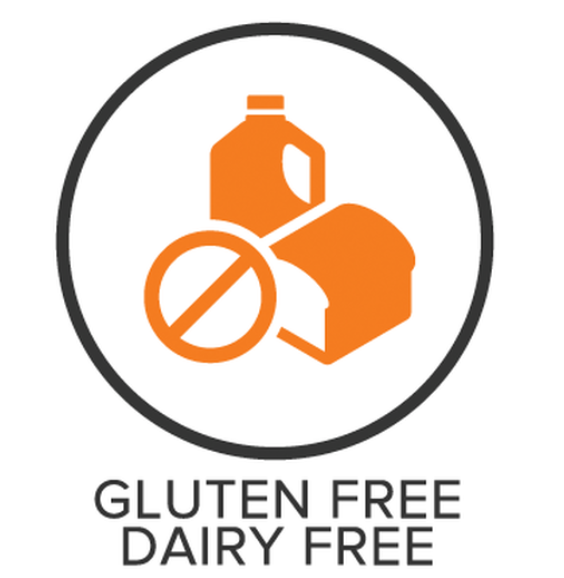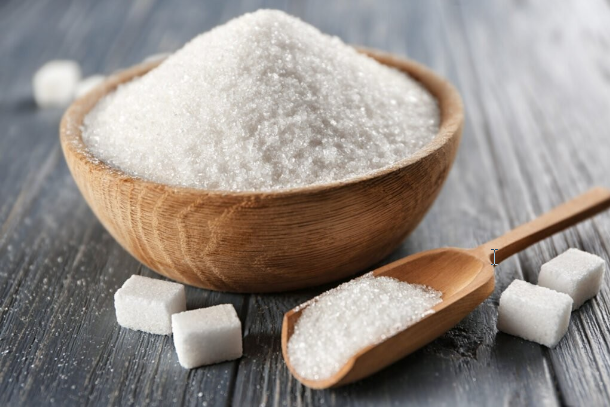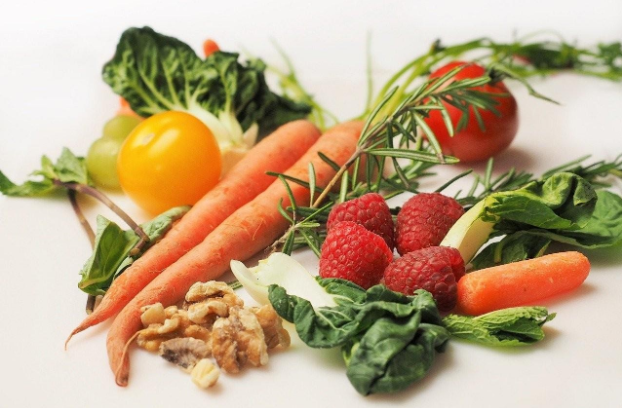
Why You Should Avoid Gluten & Dairy
Why You Should Avoid Gluten & Dairy
I know what you’re thinking: no bread or ice cream? The horror. Gluten and dairy are two of the most inflammatory food groups, which is why so many people are cutting these foods out of their diets. But what exactly is so bad about gluten and dairy? Gluten is a protein found in wheat, barley, and rye when eaten develops an inflammatory response in the intestinal tract. Some people are more sensitive to gluten than others, such as those with celiac disease or a wheat allergy.
As for dairy, cow’s milk contains a carbohydrate called lactose, which is a milk sugar made of glucose and galactose. As infants, our bodies were able to break down lactose from our mother’s milk. yet adults lack the digestive enzymes needed to consume dairy. This is why nearly 75% of the world’s population is unable to break down lactose, also known as lactose intolerance.
Even if you don’t suffer from gluten sensitivity, studies have shown that following a gluten-free diet reduces symptoms related to numerous health conditions and may even help prevent certain diseases. Certain autoimmune diseases share common genes and immune pathways with celiac disease; therefore, gluten can induce or worsen autoimmune disease symptoms. Gluten has also been linked to bowel ailments, such as irritable bowel syndrome (IBS) and inflammatory bowel disease (IBD). To top it all off, gluten has been shown to alter gut bacteria, and we should all know from my previous post how important gut health is. There’re so many gluten-free options out there nowadays, it’s easier than ever to follow a gluten-free diet. However, make sure to check the ingredients list before purchasing a gluten-free product, as sometimes the gluten-free alternative is worse than the gluten itself.
The purpose of cow’s milk is to nourish a calf in order to triple in size within a few months. Isn’t it odd that humans are the only species who drink another animal’s milk? Dairy isn’t necessary for optimal health, yet people continue to drink cow’s milk on a regular basis because they believe it’s healthy. Milk can be nutritious since it’s rich in calcium and vitamin D, but it’s also high in sugar. Over consuming sugar is linked to numerous health conditions, as I’ve covered in a previous blog post, and there are numerous plant-based sources that offer the same nutrition. Cow’s milk also contains excess hormones which can cause insulin issues linked to acne, sugar cravings, and poor blood sugar control. All dairy contains IG1, an insulin-growth factor that raises our insulin levels, which results in blood sugar swings. Again, there’s an abundance of dairy alternatives out there, so there’s no excuse not to ditch the dairy.
Sources:
Berry, J. (2019, September 6). Dairy: Is it good or bad for you? Retrieved from https://www.medicalnewstoday.com/articles/326269
Gunnars, K. (2018, November 15). “Is Dairy Bad for You, or Good? The Milky, Cheesy Truth.” Retrieved from www.healthline.com/nutrition/is-dairy-bad-or-good Kubala, J. (2019, March 6). Is Gluten Bad for You? A Critical Look. Retrieved from https://www.healthline.com/nutrition/is-gluten-bad





